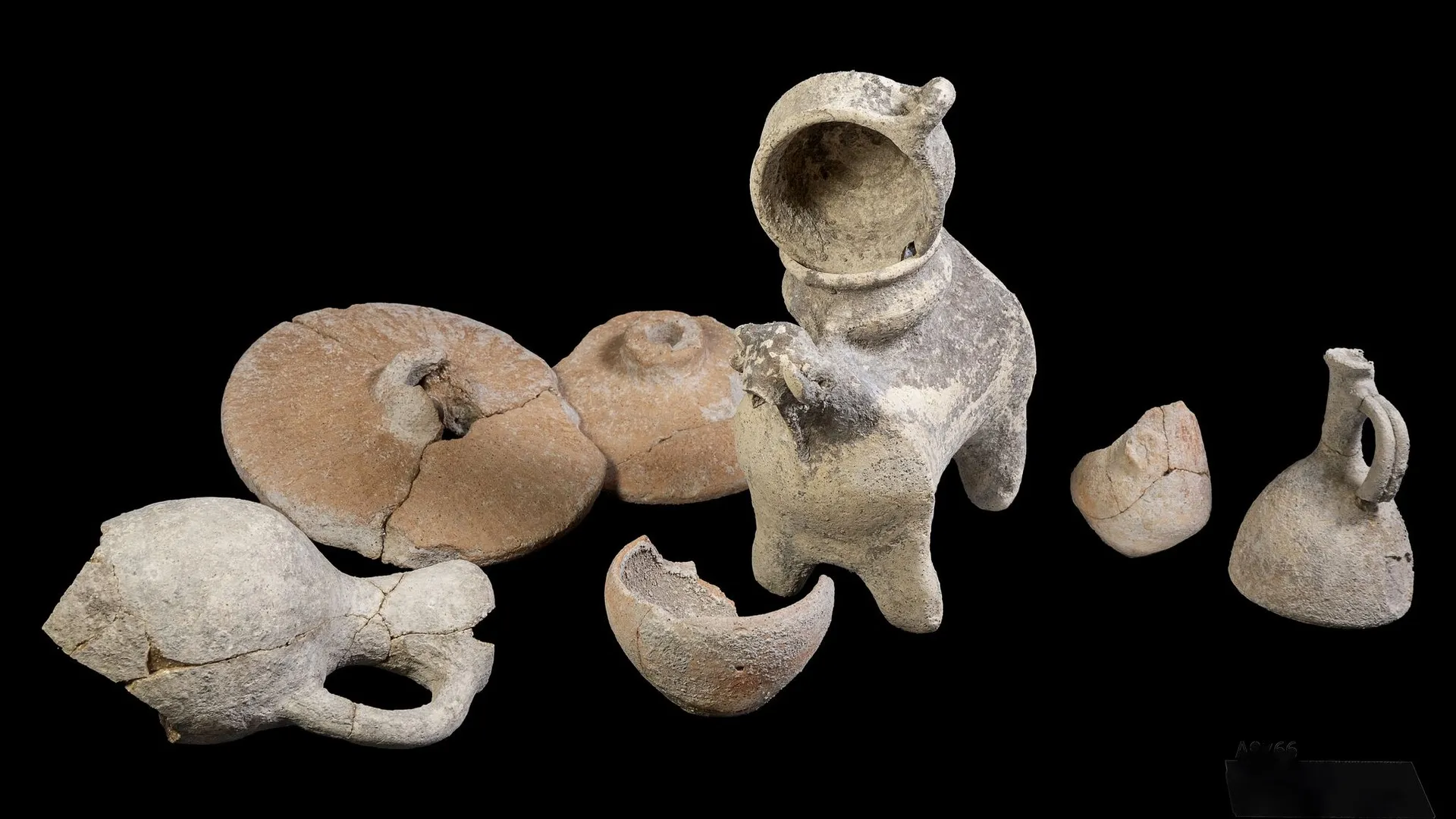Copyright Interesting Engineering

Archaeologists in Israel just unearthed the oldest winepress ever discovered at an early Canaanite settlement, offering direct proof that winemaking was fundamental to the birth of the first cities. The first urban inhabitants drank wine, a recent archaeological survey found, after discovering the rare wine press near Tel Megiddo in Israel’s north. The Israel Antiquities Authority (IAA) announced on Facebook that during an excavation, they found evidence that a Canaanite cult occupied this land before the arrival of the Israelites—and they made wine. Excavation director Barak Tzin called the find nothing short of “unique,” stating in a Facebook post that the winepress, linked to the beginnings of urbanization, shows that winemaking and ritual were intrinsically tied at the dawn of civilization. A very important wine press During an excavation in the Jezreel Valley, archaeologists discovered evidence of early settlement and rapid expansion coinciding with the onset of urbanization. The IAA launched its archaeological investigation because a new highway, initiated and financed by Netivei Israel, is currently under development. The extensive archaeological study covered an area of over three-quarters of a mile. They uncovered an artifact of singular importance: a 5,000-year-old winepress, one of the oldest ever found in the country, according to a Facebook post. Dr. Amir Golani and Barak Tzin, the IAA’s Excavation Directors, said the winepress is “one of the very few known from such an ancient period when urbanization first took place in our region.” They continued to explain that winepresses were “…very common throughout the country, but it is very difficult to date them. Until now, indirect evidence indicated that wine could have been produced 5,000 years ago, but we did not have conclusive proof of this – a ‘smoking gun’ that would clearly show when this happened in our area. This winepress finally provides new and clear evidence that early wine production actually took place here.” However, archaeologists unearthed far more than just a wine press. They found residential buildings, along with evidence of a 3,300-year-old Canaanite folk cult, including ritual objects such as a ceramic shrine model, an intact ceremonial zoomorphic utensil kit, and an impressive set of vessels. Typically, these artifacts are found only in fragments, making it difficult for researchers to understand their complete form and how they functioned together. A new look at local Canaanite folk culture Furthermore, the ritual vessels were located in alignment with a large temple area visible in the distance. This suggests a Canaanite folk cult operated outside the city, possibly indicating that special accommodations were made for local farmers who might not have entered the city. “Megiddo has been excavated for over a century,” the researchers concluded in a Facebook post. “While it is long-recognized as a key site in the study of ancient urbanism and Canaanite worship, the excavations we conducted east of the tel have revealed a new part of the matrix between the known settlement in the city – evidence of which has been revealed upon the tel – and the activities taking place in the area around and outside the city.” “The 5,000-year-old hewn winepress places the beginnings of the local wine industry in a very early urban-settlement context, while the offerings from the period about 3,300 years ago indicate the continuity of ritual consecration and libations outside the sacred complex within the tell, possibly expressing aspects of the local Canaanite folk cult.”



